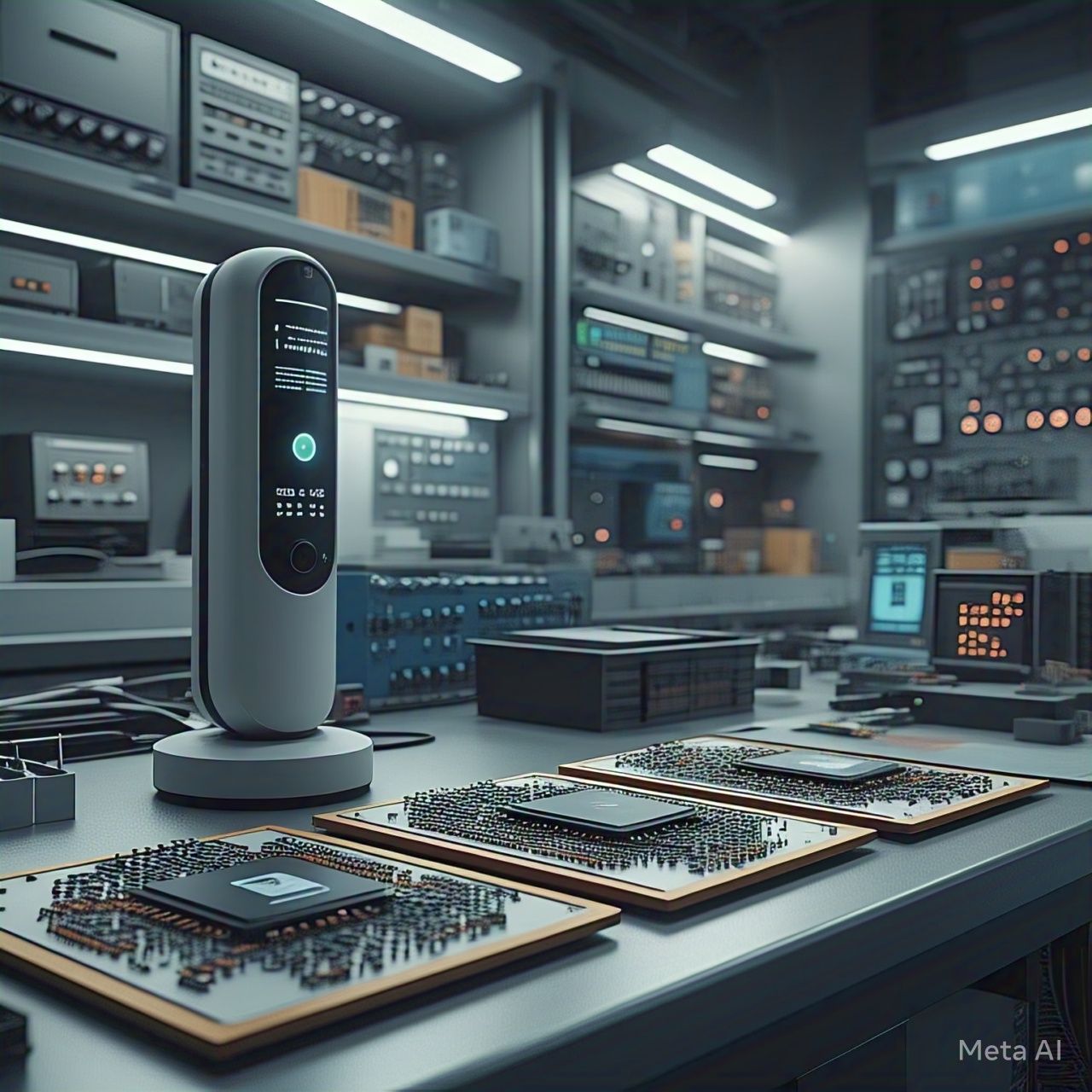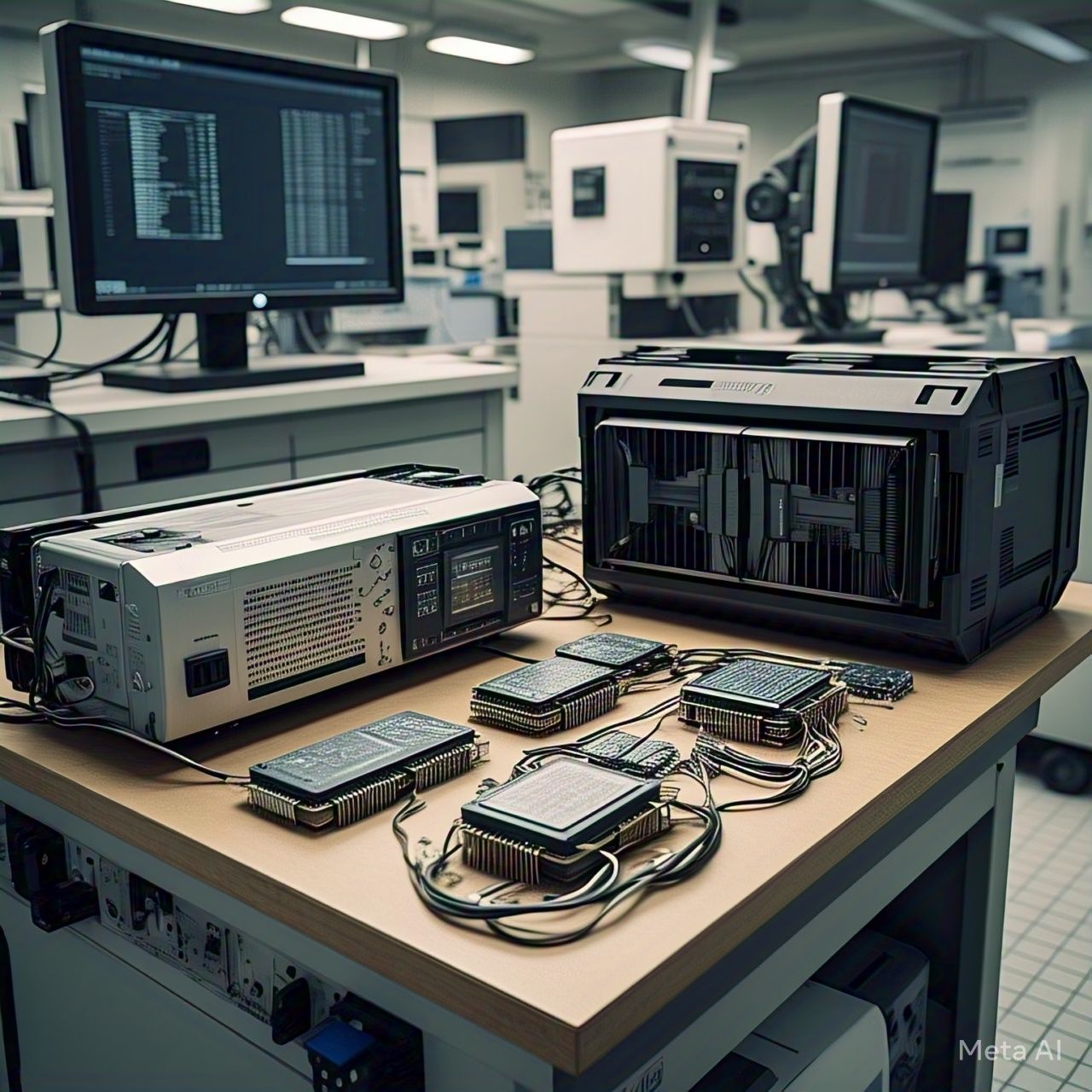Introduction
Artificial intelligence (AI) is no longer confined to cloud-based data centers. The rise of small AI models is bringing powerful intelligence to devices that can operate offline. These compact AI solutions are revolutionizing industries by enabling smart decision-making without relying on constant internet access.
Why Offline AI Matters
1. Increased Privacy and Security
Processing data locally reduces the risk of data breaches and enhances user privacy, especially in sensitive industries like healthcare and finance.
2. Lower Latency for Real-Time Processing
Small AI models enable instant responses by eliminating the need for cloud-based computations, making them ideal for applications like voice assistants and autonomous systems.
3. Cost Savings on Cloud Usage
Running AI locally reduces reliance on cloud services, cutting down on operational expenses for businesses and individual users.
4. Wider Accessibility
Offline AI brings intelligence to remote areas with limited or no internet connectivity, unlocking new possibilities for global adoption.
Key Technologies Behind Small AI Models
1. Model Compression Techniques
- Pruning: Removes unnecessary neural connections to shrink model size.
- Quantization: Reduces precision (e.g., from 32-bit to 8-bit) for lower memory usage.
2. Edge AI and On-Device Learning
- AI models optimized for mobile devices and embedded systems enable smart functionalities without cloud dependency.
3. Knowledge Distillation
- Smaller AI models learn from larger ones, retaining accuracy while operating with fewer parameters.
4. Efficient Neural Network Architectures
- Models like MobileNet and TinyBERT are designed for high performance with minimal computational resources.
Real-World Applications of Pocket-Sized AI
1. Smartphones and Wearables
- AI-powered offline voice assistants, facial recognition, and health tracking provide seamless experiences without internet access.
2. Autonomous Vehicles and Drones
- Compact AI models enable real-time navigation and decision-making without relying on external data centers.
3. Healthcare Devices
- Wearable AI monitors patient health continuously and provides critical insights without requiring cloud connectivity.
4. Industrial IoT and Smart Sensors
- Factories and supply chains use embedded AI for predictive maintenance and efficiency optimization without an internet connection.
The Future of Offline AI
As AI continues to evolve, offline intelligence will become even more efficient through:
- Further advances in model compression and optimization.
- Integration of hybrid AI systems combining offline and cloud intelligence.
- Expanding AI accessibility to remote and underserved regions.
Conclusion
Pocket-sized AI is transforming the way we use intelligent systems by making them faster, more private, and cost-effective. With continued advancements in small AI models, offline intelligence is set to power the next generation of smart applications across industries, ensuring that AI is available anytime, anywhere, without internet dependency.




